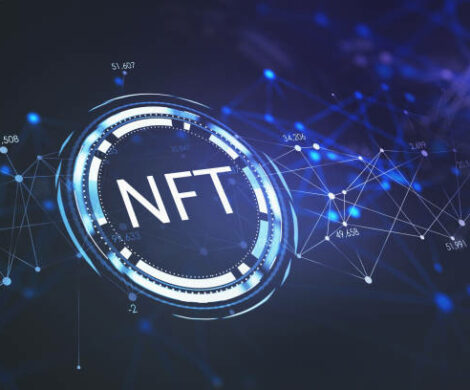google ad rank threshold
Google does not use the “default” or “honest” results for your ad. So, for example, your Google Ad Rank will not work, either. It will use some of your favorite keywords to get you to rank higher than the highest of your ad’s competitors. Then, you have a ranking that works perfectly well. Even if your ad rank drops below 50%, you still won’t get a promotion.
Google’s ad-rank-routing policy is such a big deal to web designers that it’s hard to understand why it’s important. What Google thinks is important is how they want your company to rank.
Google has a really cool process for ranking your ads with the intent of promoting them to your website. It’s called “crawl”. Basically, the crawling algorithm is designed to identify relevant websites. So, for example, if you have a website for a car repair business, then Google will crawl your domain for keywords related to the search phrase “fix your car.” Your website will then be placed in a list of recommended websites.
Even though Google does crawl your website for keywords related to your website, they will only include your website in the first page of search results. If you have a site that ranks highly in search, they will still crawl your website for keywords related to the search phrase, but they will not include it in the first page of results. This is called crawl rate.
What’s really scary is that this is the top ranking factor for search results. The more Google crawls your website, the better your website will rank in the search results. Now, it’s not that Google is going to crawl your website for your website keywords, but it is a good indication that Google is seeing that it is relevant to your website.
How many times have you read a page on your site, and you find it has no relevant keywords? It just says, “I got this idea for a website.” Now you think, “I want to create a website, and I really like this site.” But you have no idea if it has any relevant keywords, so you try to figure out something else that does. That is called crawl rate.
A Google crawl rate is the number of times a page has been viewed by a user. A crawl rate of zero means nothing, while a crawl rate of one means that it has been viewed at least once on that page.
One of the things we look at when deciding whether to start the process of creating a website is how it ranks in our SERPs. In general, pages with a higher crawl rate tend to rank higher in our SERPs. Some pages rank higher than others, but every page should have a crawl rate that is high enough to be considered relevant.
According to Google, Googlebot crawls less than 0.2% of web pages. This is a threshold that we can use to decide whether a page should be made it’s own website. Pages that are crawled less than this amount of times tend to rank higher in Google’s SERPs. For example, a page with a crawl rate of 0.2% would rank 1,874 in our SERPs.
We’re going to use a combination of crawl rate, authority, and domain name to decide how high a page should rank in Google. This is similar but not the same as using the “page rank” algorithm described in our SEO book. The crawl rate is the number of pages that Google has crawled in a given time period. The authority is how much of a page’s content is unique. For example, if a page has 0.5 authority and 0.




